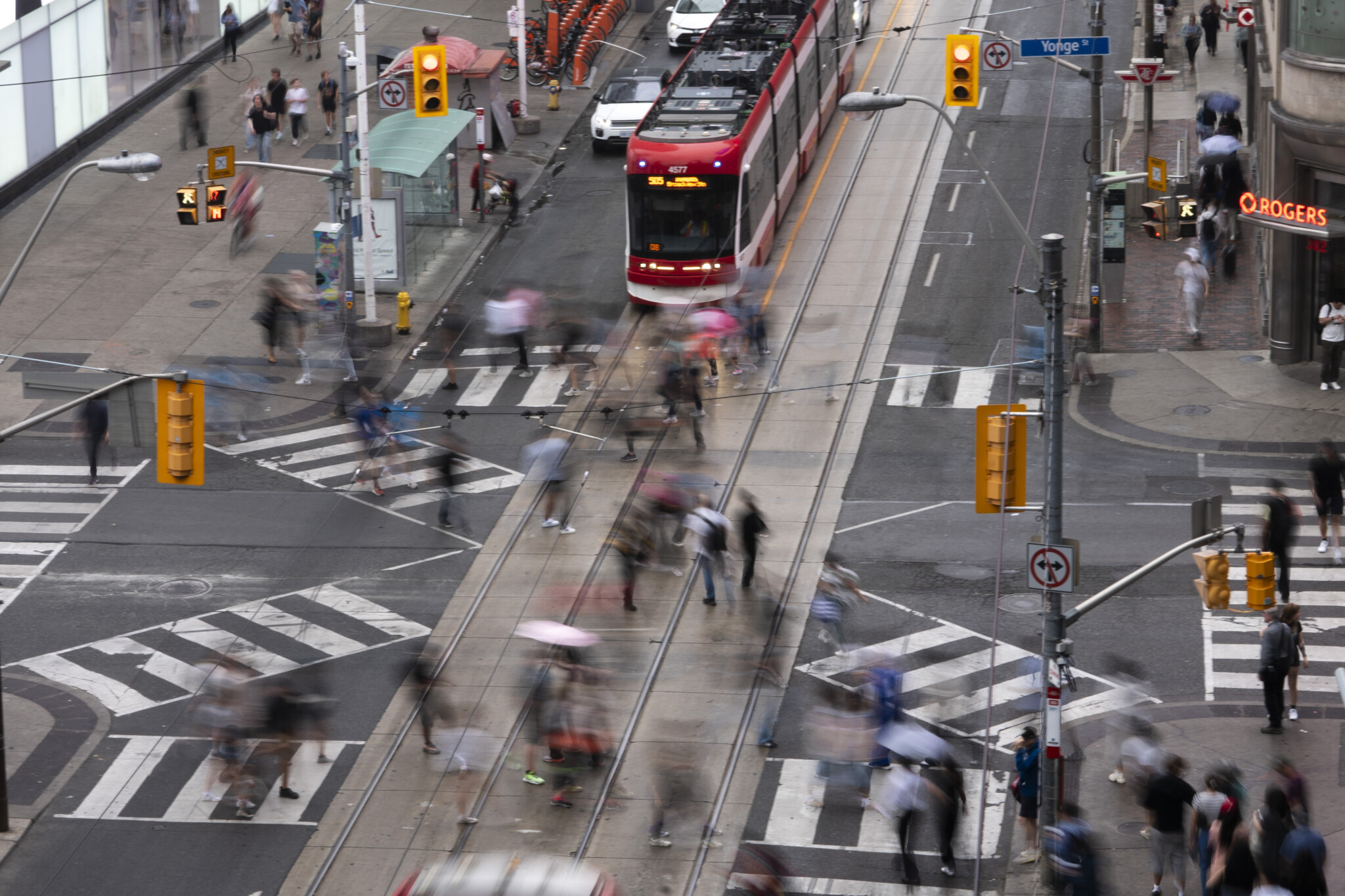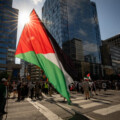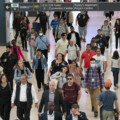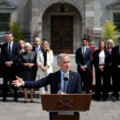The main square in America’s biggest city–Times Square–at Broadway and 42nd Street is famous for New Year’s celebrations. In 1904, The New York Times moved its headquarters to the new Times Building, and that’s where the name comes from.
The main square in Britain’s biggest city–Trafalgar Square in London–once known as Charing Cross, is steeped in British history. Ever since the 13th century, distances measured in the city stem from here. The square is named after the Battle of Trafalgar, a British naval victory in 1805.
In Paris, France’s biggest city, there is Place de la Concorde, the spot where Louis XIV and Marie Antoinette met their maker during the French Revolution. It got its current name in 1795, although that was later changed, but it’s been Place de la Concorde since 1830.
In Canada’s biggest city—Toronto—we have Sankofa Square. And what exactly is that? As I attempt to answer this question, keep in mind the city calls itself “world-class.” But first, let’s venture down to the place formerly known as Yonge-Dundas Square and take in those huge neon signs currently on display.







